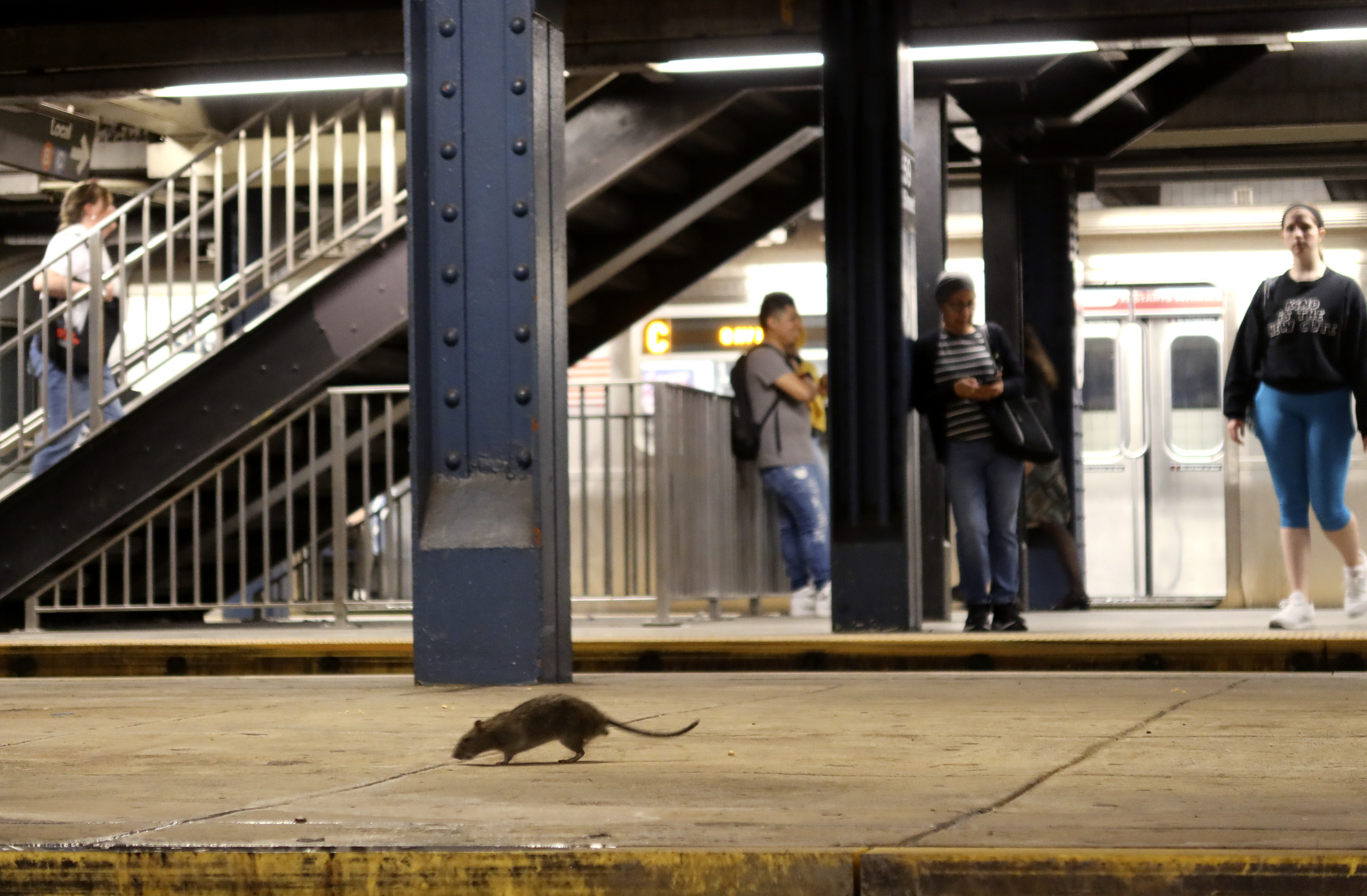The number of COVID cases in New York City has more than doubled in the last week. And after what the city went through in 2020, it certainly sounds alarming — so why are the governor and the mayor telling us that this time is different?
That has more to do with what's happening inside hospitals — or in this case, what isn't happening.
In March 2020, emergency room physician Dr. Matthew Bai was exasperated and traumatized by the sheer magnitude of sickness he witnessed on a daily basis the front lines of COVID.
"The things I see in the ER are scary, I'm a little scared myself," he said as part of a Facebook video diary he recorded at the time. "You can see there's patients everywhere because of this … even though we're overflowing, we're still trying to provide them care."
Get Tri-state area news and weather forecasts to your inbox. Sign up for NBC New York newsletters.
But these days, Dr. Bai is calm, as is the scene at Mt. Sinai Hospital in Queens. Both are somewhat surprising, given how the omicron surge has New York City at a record level of COVID cases.
Dr. Bai said repeated what many other health officials have said is a cause for calm, at least for now.
"What's different from last few waves, the cases really aren't that severe anymore," he said.
News
He said that is likely a product of the effectiveness of vaccines, in addition to what appears to be a more contagious, but less deadly, variant.
"Most of the people I'm seeing coming in with COVID symptoms who are vaccinated, maybe have boosters and have very mild symptoms or no symptoms at all," Bai said.
Health officials still urge caution, simply due to the sheer number of people getting infected with omicron so quickly. But while city and state data shows the positivity rate and cases increasing rapidly, hospitalizations and deaths have remained relatively stable.
"The thing to keep in mind: We have tools now to fight this," Dr. Bai said, adding that it's not just the vaccines, but better treatments are helping significantly too.
"That scary view of a totally healthy young person coming in, completely sick — they're very few and far between. Haven't seen that in a while," he said.
At the peak of the pandemic, there were 970 COVID patients in the ICU at the city's 11 public hospitals. As of Thursday, there were just 54.
"Now, it's closer to a a tenth or 15 percent of ICU is COVID patients, and the rest is typical patients we were used to seeing before all this," Dr. Bai said.
That compares to 2020, when hospitals (including where Dr. Bai works) literally ran out of space to put patients.
What is being seen so far in the city with omicron is consistent with what has already played out in the UK and South Africa, where the variant has been spreading for a while.
Studies show the variant is less likely to land people in the hospital. But officials warn that the huge surge in cases could still strain the health system, especially in areas with more unvaccinated people.



